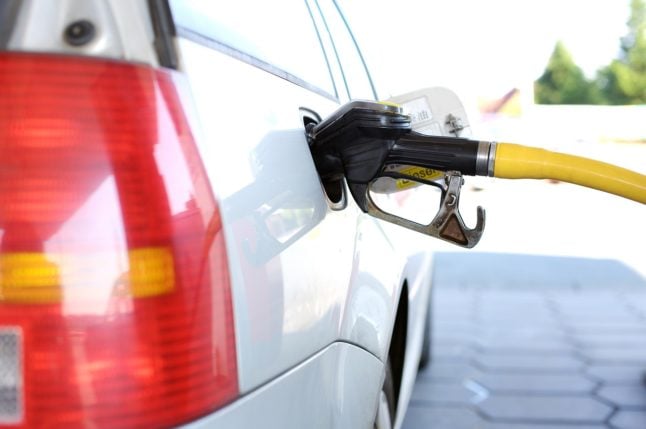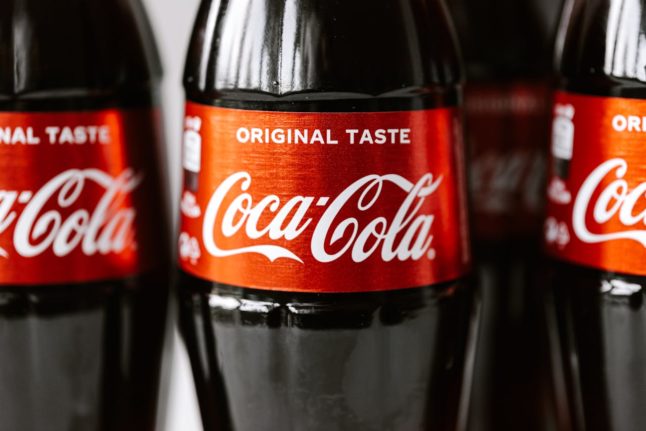Even if you have been living in Switzerland for a while, you may not have heard of Reka, a “currency” — or more like vouchers — used for holidays, leisure activities, transport, meals, as well as for other purchases.
This is what you should know about it:
This voucher system is maintained by the Swiss Travel Fund (Reka) cooperative. Each voucher (or unit, as it is called in the Reka-land) is worth one franc. Reka checks are banknote-like vouchers issued in denominations of 10 and 50 francs — in other words, worth the equivalent of 10 or 50 francs, respectively.
However, you will get more bank for each franc, as explained below.
You can keep these vouchers in a Reka account and spend your money with a Reka card — neither the account nor the card has anything in common with traditional banks or credit cards, though they work in a similar way.
You can access your account via the web portal or by phone and SMS.
How do you open a Reka account in the first place?
There are two simple ways to do this, according to Reka.
One, you first register online and then open an account in the customer portal.
All the information on how to activate your account is there. You will receive a 2-percent discount every time you load your account. Once you have added credit to it for the first time, you will receive the Reka card by post— it works like a regular debit / Bancomat card.
You can also obtain a Reka-Card by showing your Supercard at the customer service in selected Coop sales points (Coop supermarkets, Jumbo and Coop City), where you load it with the desired credit amount.
According to Moneyland consumer portal, “some industry associations and labour unions offer discounted Reka checks as a member benefit. It is also possible to find discounted Reka checks being sold by private individuals on classified sites”.
Additionally, some employers give employees Reka as a bonuses.
“Those worth up to 500 francs do not have to be declared as income,” says consumer experts at Moneyland.
What are some of Reka’s advantages?
The main one is that you will receive a discount every time you shop with the Reka card or vouchers, and can save up to 20 percent on purchases.
Where can you use Reka?
More than 8,500 retail points accept Reka payments.
To make it easier, they are split into three categories:
Reka-Pay, which you can use to pay at Avia, BP, and Coop Pronto service stations, public transport, hotels and camping sites, fitness facilities, and ski schools.
Reka-Lunch, to pay at restaurants, cafés, bakeries, as well as Selecta and Lavazza vending machines.
Reka-Rail. As the name suggests, this can be used for Half-Fare Travelcard, GA Travelcard, tickets for the entire public transport network, and ski lifts and mountain railways.
Are there any disadvantages for this system?
There are a few drawbacks according to experts.
The main one is that Reka money is only accepted in Switzerland and only by a limited number of merchants — about 8,500.
Also, “Reka will not exchange Reka money back into francs, so getting Reka money only makes sense if you already make purchases from Reka partners (if you use public transportation, for example),” says Moneyland.
You can find out more information about how Reka works and what it offers on this site.
READ MORE: EXPLAINED: 8 ways to save money on your groceries in Switzerland



 Please whitelist us to continue reading.
Please whitelist us to continue reading.
Member comments